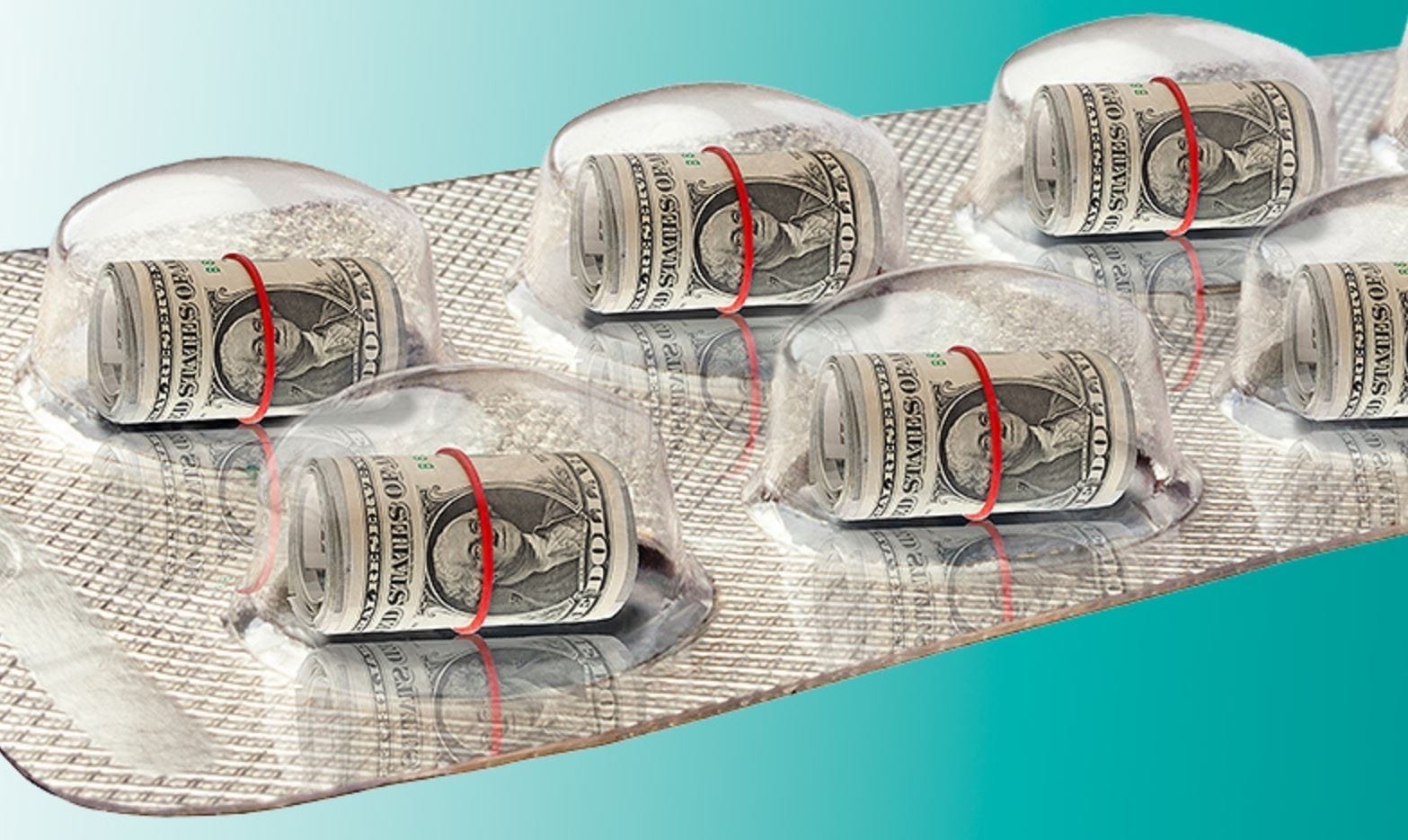Our friends at ClassAction.com recently published an excellent piece on the “profits before patients” paradigm and its impact on the opioid crisis in America, explaining steps Big Pharma takes to make mega-profits from unsuspecting patients. They have kindly offered to share an excerpt for our readers. A link to the complete article on their site appears at the end of this piece.
Our friends at ClassAction.com recently published an excellent piece on the “profits before patients” paradigm and its impact on the opioid crisis in America, explaining steps the pharmaceutical industry takes to make mega-profits from unsuspecting patients. They have kindly offered to share an excerpt for our readers. A link to the complete article on their site appears at the end of this piece.
“This article was written by James Young, a ClassAction.com attorney who is nationally known in the areas of pharmaceutical litigation, health fraud, and consumer protection. Along with John Yanchunis, Mr. Young is now in the process of filing lawsuits against opioid distributors, doctors, and state Boards of Pharmacy on behalf of several counties in West Virginia, as well as the state of Kentucky.
James Young presented a version of the following in a live video for ClassAction.com’s Facebook page.
Pharmaceutical companies approach new drugs with one question in mind: How do we make $1 billion?
Big Pharma’s push to create the next blockbuster drug is a highly sophisticated campaign that relies on numerous tried-and true tactics—some aboveboard and some fraudulent.
Given the attention to detail that goes into developing and selling pharmaceuticals, when a drug produces serious, unwarned against side effects, it’s hard to believe manufacturers when they claim ignorance. And as drug lawsuits are often able to show, burying unfavorable safety data is in many cases part of Big Pharma’s marketing calculus.
A compound’s path from initial approval to blockbuster drug typically follows the eleven steps outlined below.
1. Take an existing drug or patent-protected medication and expand its use. Or, create a disease.
Pharmaceutical companies have intellectual property in the form of drug formulations. But they can’t make any money off a formulation until it is approved by the FDA to treat certain symptoms of a disease. So, the first step is to approach the FDA and seek permission to use a drug for a particular treatment. The general timeline to complete research and approvals for a new drug is four-to-six years.
If there are no disease criteria consistent with the symptoms that a company’s drug treats, then the company simply creates a disease. They pay for physicians and research institutions and universities to come up with different disease criteria that are consistent with the symptoms that the drug treats. At the same time, they’re building grassroots support with patient support organizations they either created or funded that demand more medication options.
2. Hide data and obtain broader approvals.
In addition to clinical trials, drug companies also conduct their own tests called “surveillance” of the existing use of these drugs in the population. Drug surveillance produces very robust data sets that reveal to manufacturers the harmful side effects of drugs. Manufacturers are supposed to warn the public about the harmful side effects of drugs in the drug’s label.
But they don’t always do that. When they don’t, it leads to product liability litigation against the pharmaceutical company.
By hiding data—including safety data—companies are able to obtain broader approvals or indications for the use of their drugs. A company can’t make a billion dollars on a drug if they can’t sell it to a broad market.

Purdue Pharma’s OxyContin, for example, was initially approved to treat end stage cancer pain, or “breakthrough” pain. But because the market for breakthrough pain was too small to create a billion-dollar drug, Purdue got the FDA to sign off on using OxyContin for chronic pain, which is very different than breakthrough pain and has a much larger patient pool.
3. Broaden the market by creating false front or support groups.
Let’s say you’re an American pharmaceutical company and you want a patient advocacy group to promote the approval and use of your product. If an advocacy group won’t do that or doesn’t exist for the disease or symptoms your drug targets, you just create it. You fund the group through various non-transparent sources and create grassroots support, such as people demanding more pain medications for veterans coming back from Iraq.
The reality is, many of the support groups and patient advocacy groups are funded by Big Pharma itself. Many are not legitimate.”
If you think numbers one through three were bad (you’re right!), you should see numbers four through eleven. Please click here to read the rest of this excellent article.


Join the conversation!